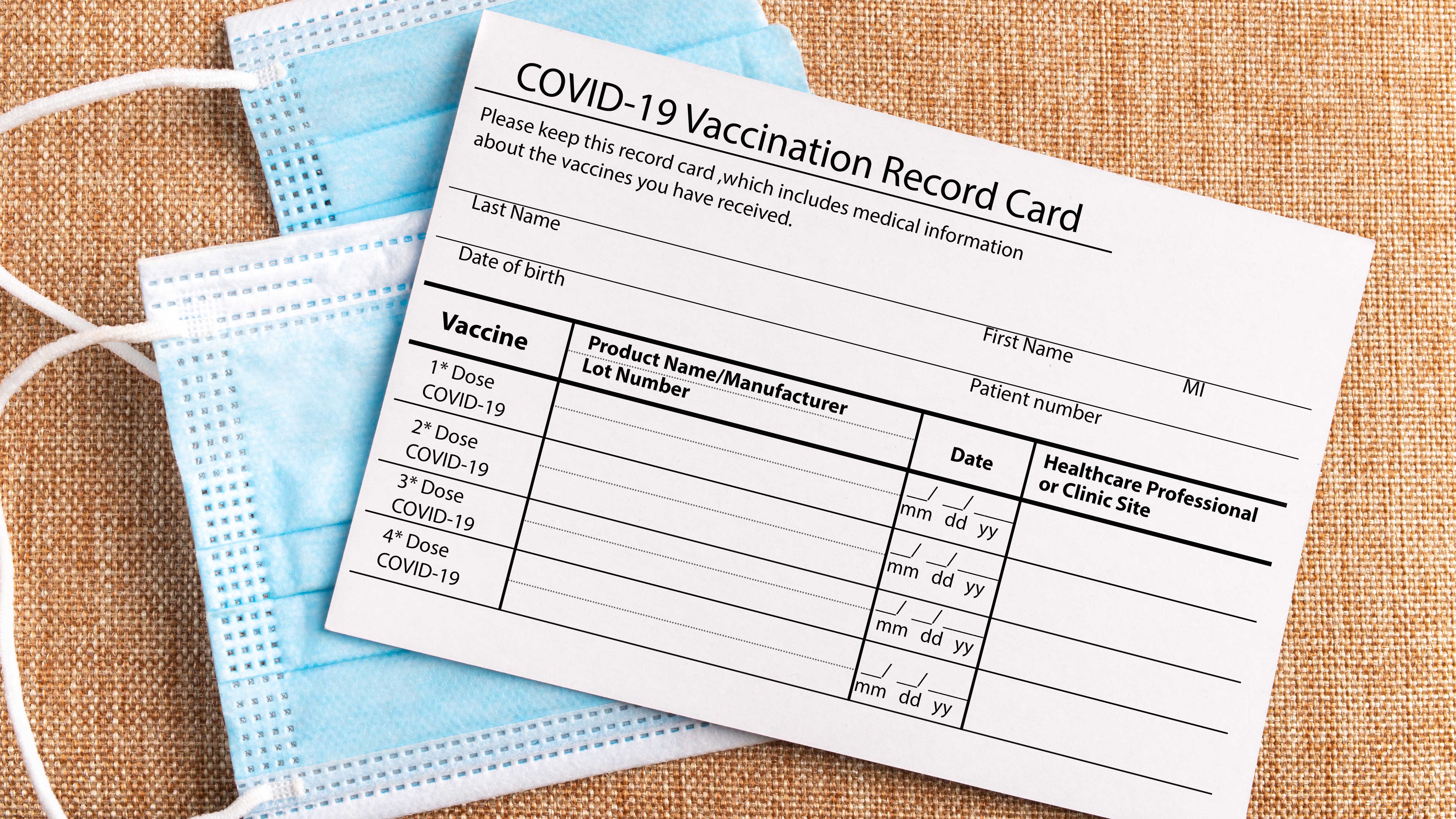Fully vaccinated people in California can stop wearing masks this week in most settings.
That's according to updated guidance released by the California health department on the use of face masks. The list of dos and don'ts for the vaccinated and unvaccinated offers a glimpse of what things will look like after the nation’s most populous state rolls back most of its pandemic restrictions on Tuesday.
In late May, the department’s director said that dramatically lower virus cases and increasing vaccinations mean it’s safe for the state to remove nearly all restrictions June 15. California was the first state to issue sweeping shutdown orders to battle the pandemic in March 2020.
See the state department's full list of guidelines here.
The state issued the following updated guidance on use of face coverings:
- For vaccinated people, face coverings are not required outdoors except when attending crowded outdoor events. Those include live performances, parades, fairs, festivals, sports events, or other similar settings.
- For unvaccinated people, face coverings are required outdoors whenever physical distancing isn’t possible. For example, when attending crowded outdoor events like those above.
- Indoors and outside of home, including on public transit, face coverings are required regardless of vaccination status. But there are several exceptions — see below.
As defined in the CDPH Fully Vaccinated Persons Guidance, fully vaccinated people can do the following:
- Visit, without wearing masks or physical distancing, with other fully vaccinated people in indoor or outdoor settings.
- Visit, without wearing masks or physical distancing, with unvaccinated people (including children) from a single household who are at low risk for severe COVID-19 disease in indoor and outdoor settings
The following specific settings are exempt from face covering requirements:
- People in a car alone or with members of their own household.
- People working alone in a closed office or room.
- People obtaining a medical or cosmetic service involving the nose or face for which temporary removal of the face covering is necessary to perform the service.
- Workers who wear respiratory protection.
- People who are specifically exempted from wearing face coverings by other state health department guidance.
Get a weekly recap of the latest San Francisco Bay Area housing news. >Sign up for NBC Bay Area’s Housing Deconstructed newsletter.
The following individuals are exempt from wearing face coverings at all times:
- People younger than 2 years old.
- People with a medical condition, mental health condition, or disability that prevents wearing a face covering.
- People who are hearing impaired, or communicating with a person who is hearing impaired.
- People for whom wearing a face covering would create a risk to the person related to their work, as determined by local, state, or federal regulators or workplace safety guidelines.
As with most rules during the pandemic, guidelines might differ from county to county. Los Angeles County, for example, has at times issued guidance that was stricter than that of state and federal agencies.
California COVID-19 Vaccinations
The map tracks the number of doses administered by a recipient's county of residence according to the The California Department of Public Health.
Source: The statewide totals for doses administered reflect Centers for Disease Control and Prevention data. Otherwise we used data from the California Department of Public Health.
Amy O’Kruk/NBC
The new rules essentially mirror those announced last month by the U.S. Centers for Disease Control and Prevention.
Health and Human Services Secretary Dr. Mark Ghaly said how the rules are enforced will vary. He outlined three options for business owners and event-
venue operators.
- Businesses and venues can publicly post rules regarding mask-wearing and allow visitors to self-attest that they are vaccinated.
- Businesses can implement a vaccine-verification system to determine whether individuals are required to wear a mask.
- Businesses can simply require all patrons to wear a mask.
"This is the choice of the venue and the operators,'' Ghaly said. "We at the state level are giving all three options to private and independent operators to choose which is best suited for their community and their businesses.''
Ghaly said the self-attestation option means the state is not requiring businesses to, for example, have somebody at the door checking for vaccination status. He said businesses choosing to post the rules and rely on self-attestation are putting the onus on individuals to self-attest to their vaccine status by wearing or not wearing a mask.
The guidelines also state that nobody can be prevented from wearing a mask as a condition of taking part in an activity or patronizing a business.
Still undetermined, however, are the masking rules that will apply to California workplaces and office settings. The board of the California Division of Occupational Safety and Health, of Cal-OSHA, is scheduled to meet Wednesday
night to again discuss its regulations.
The board last week recommended worksite rules that would require all workers in indoor settings to continue wearing masks regardless of vaccination status, unless one person is working alone in a room or if all people in a room are fully vaccinated and not showing any symptoms of COVID-19. The rules would also allow physical distancing requirements to be scrapped indoors and outdoors if employers make N-95 respirator masks available to non-vaccinated workers.
Cal-OSHA's proposed rules also won't require masks for workers in outdoor settings, except at outdoor mega events with 10,000 or more people. At those events, workers would have to wear face masks regardless of their vaccination status.
The Cal-OSHA proposal has met with pushback because it conflicts with the CDC and now the state's masking regulations. That pushback, including from top state health officials, prompted the scheduling of Wednesday night's meeting.
California was the first state to issue a statewide shutdown in March 2020. At the start of 2021 it was the nation’s epicenter for the pandemic.
Nearly 63,000 people have died from the virus in California, a state of nearly 40 million people.



